Veerle's Sidenotes A collection of thoughts on subjects of my interest.
The 2 Terawatt Solar Milestone
Not long ago, the world surpassed the 2-terawatt milestone of installed solar PV. What’s truly remarkable is that while it took 68 years to reach 1 TW, the jump to 2 TW happened in just two more years, according to the Global Solar Council.
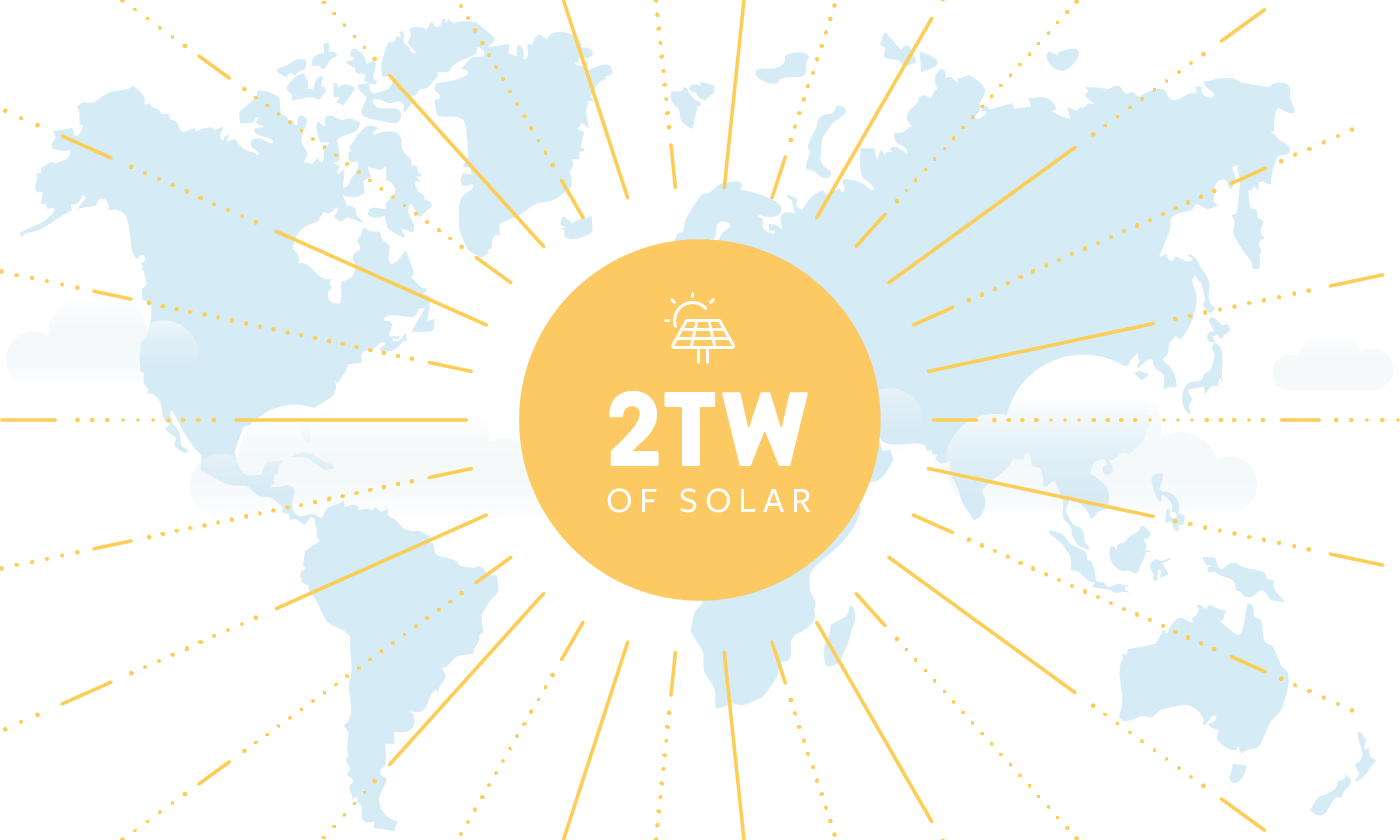
What Does This Mean?
To put this achievement into perspective, 2 TW of solar capacity is equivalent to the total installed electricity capacity of India, the United States, and the United Kingdom combined, enough to power an estimated one billion homes.
Looking at Europe, solar accounted for 11% of the EU’s electricity mix in 2024, surpassing coal. It was the fastest-growing power source, with generation increasing by 22% (+54 TWh) compared to 2023, despite slightly lower solar irradiance. This growth was driven by a record-breaking 66 GW of new capacity additions. As a result, solar became the biggest factor in reducing fossil fuel power in 2024, generating 304 TWh, overtaking coal (269 TWh) for the first time in history.
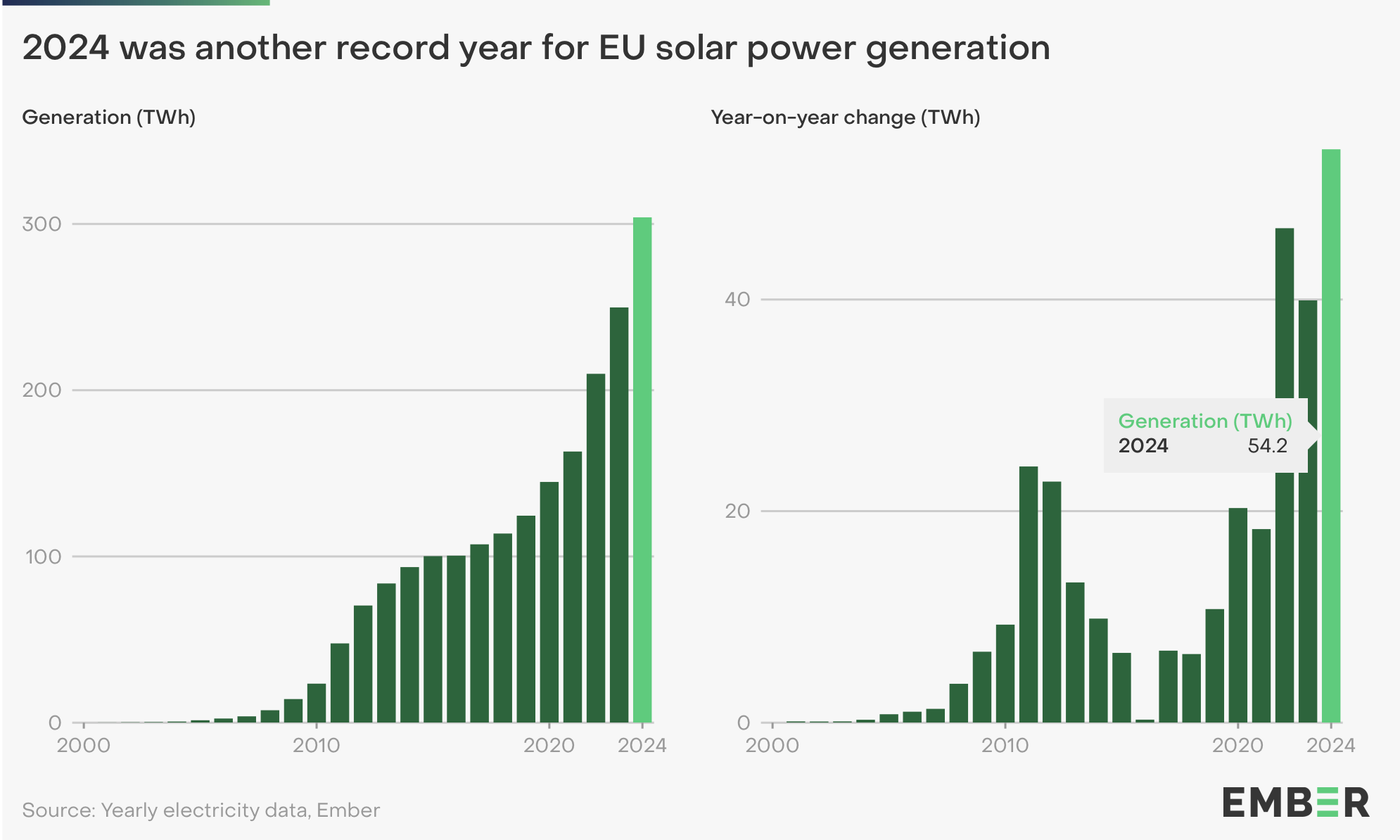
2024 marked a record annual increase in solar generation, up 54 TWh (+22%) compared to 2023, when solar generation had already increased by 40 TWh compared to 2022.
Some 60% of the 2 TW deployed comes from ground-mounted solar farms, while rooftop solar projects make up 40% of the total, the data showed. The rapid expansion of solar technology has driven down costs, making solar the cheapest form of energy in many countries. The 2030 goal for solar power is 8 TW. Solar must now double annual installations to 1 TW per year to meet the global renewables tripling target set at COP28 in Dubai.
For more in-depth data and insights, check out Ember’s European Electricity Review 2025.
Keeping Myself Sane
Once again, I’ve kept myself busy over the past year. As a woman of a certain age, I’m also navigating the effects of menopause. Staying active not only supports my mental well-being but also helps minimize the side effects of this “transition.” Of course, I also just love being outdoors and enjoying nature. If I can’t be among the wealthiest 1%, I’ll happily settle for the top 1% on Strava 😅
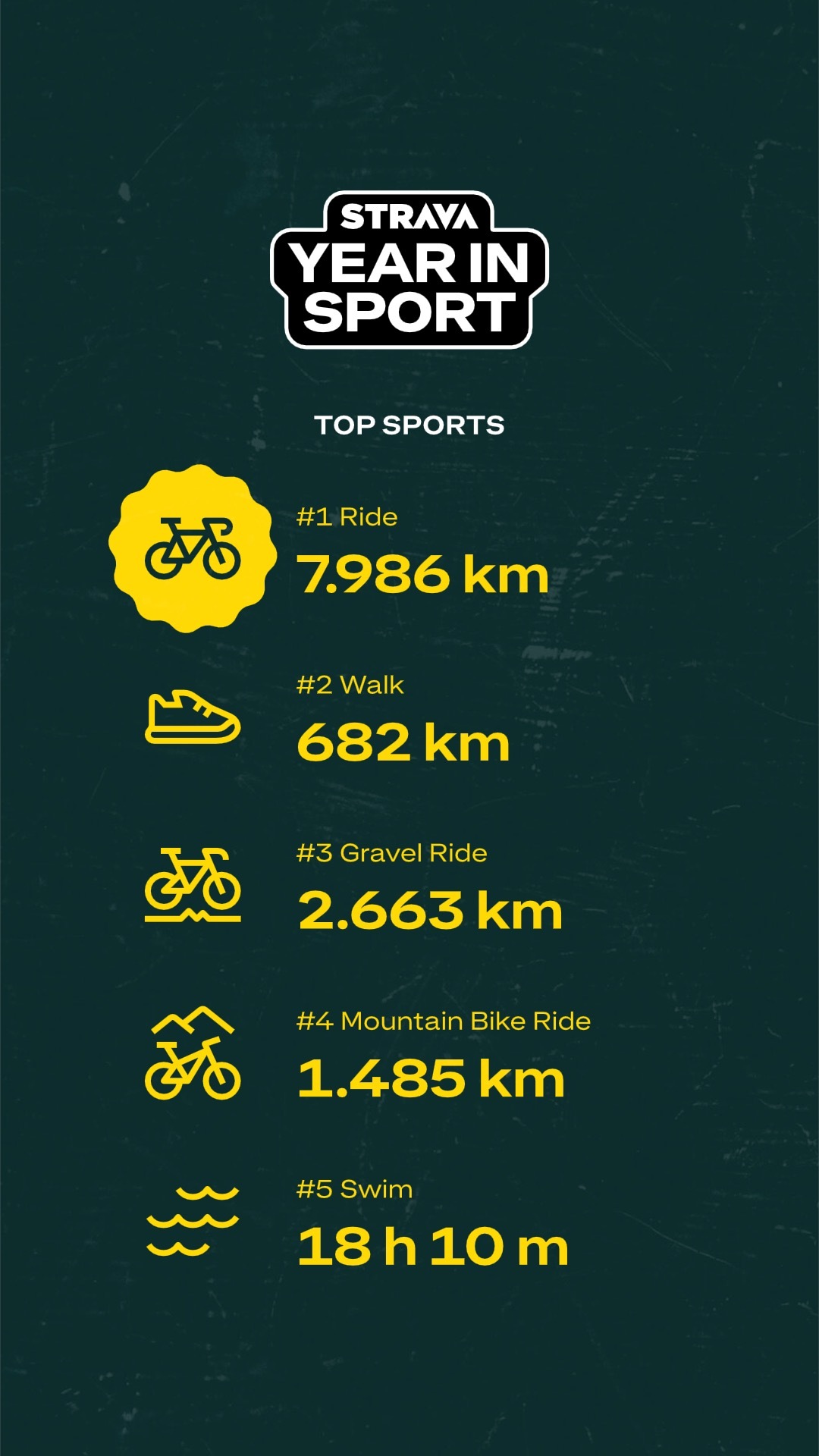
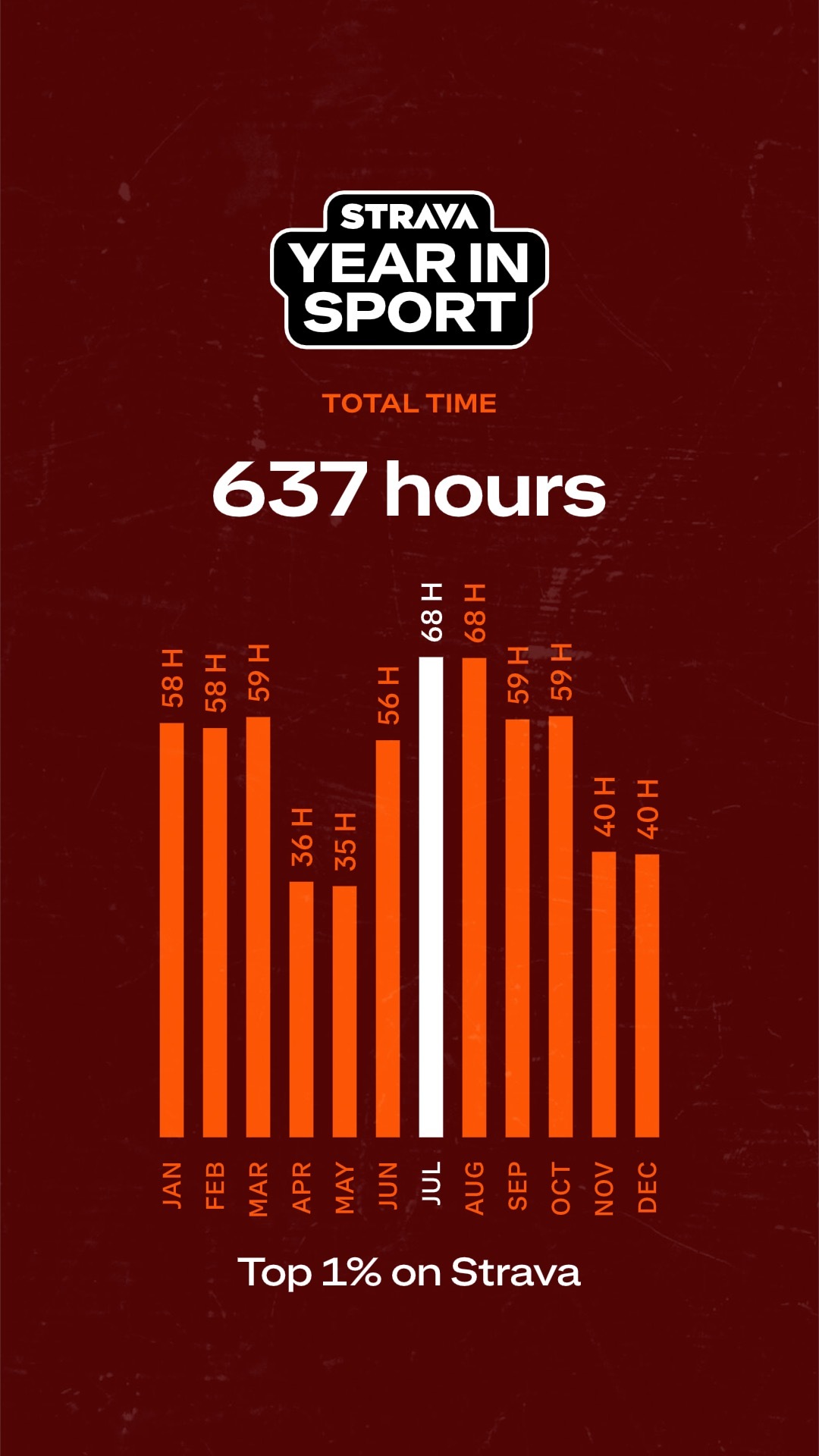
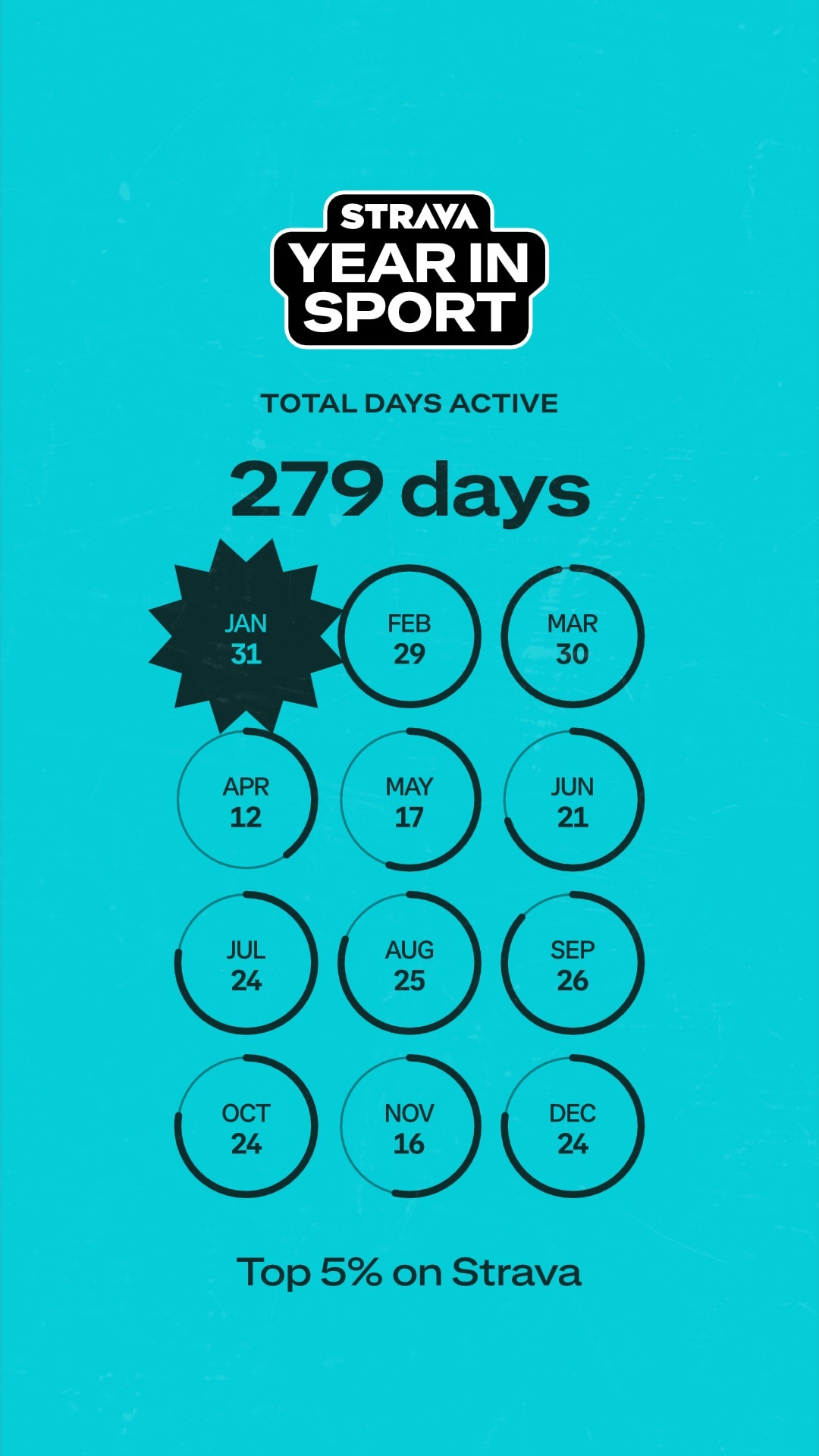
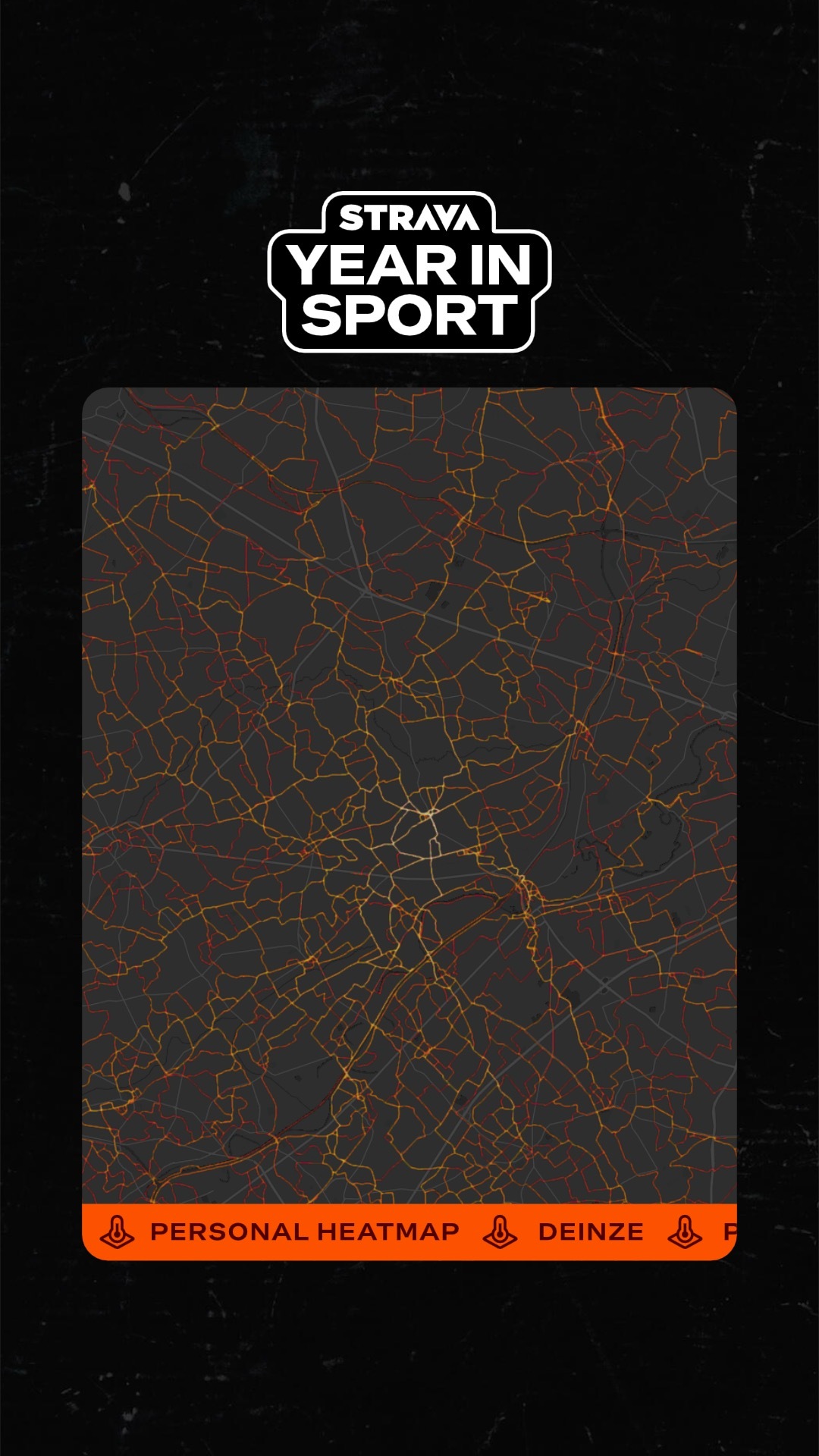
Tycho - Where you Are EP
I’m always thrilled when Tycho releases new music. Just a few days ago, the multifaceted artist dropped a brand-new EP titled Where You Are. True to form, it’s a vibrant journey brimming with uplifting energy and a rich palette of sounds.

His music always puts me in a mindset where the spark of inspiration feels truly within reach. The star track of this EP is a new rework of the album centrepiece and title track, “Infinite Health”, featuring vocals by NY-based artist Cautious Clay. Scott felt it deserved its own spotlight through a separate release, which became the foundation for the Where You Are EP. The EP also features two new instrumental tracks alongside two previously released album pieces, creating a capsule collection that offers a vibrant and refreshing take on the Infinite Health chapter.
Music has a unique ability to heal and help people with things they are going through. It’s always been my goal when I consume music to find a meditation or a healing property in it. And I only hope that my music can do that for people.
I’m even more excited about all this now, as Scott Hansen will be performing in Ghent next year—and I’ll be there! I can’t wait for this concert in such a stunning setting (Club Wintercircus). You can find all Scott's tour dates here.

